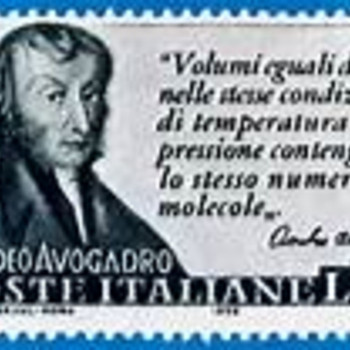Question #ca019
2 Answers
It undergoes heterolytic fission whereby the Cl atom gains both the shared electrons.
Explanation:
In aqueous medium,
Reaction of
Well, it breaks..............
Explanation:
We would describe the bond in hydrogen chloride as polar covalent, i.e.
And we could represent the reaction of hydrogen chloride with sodium hydroxide as:
In aqueous solution, the

